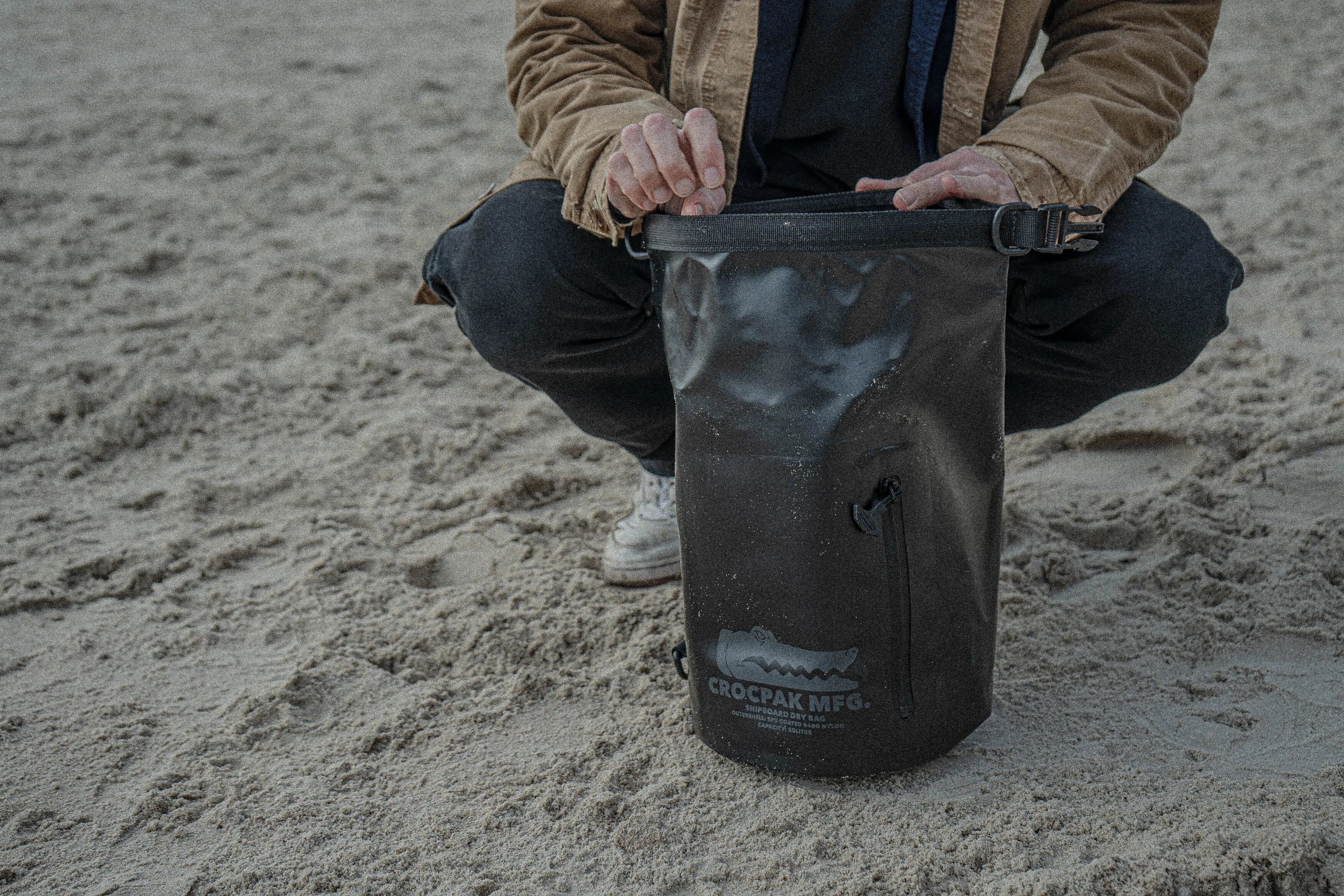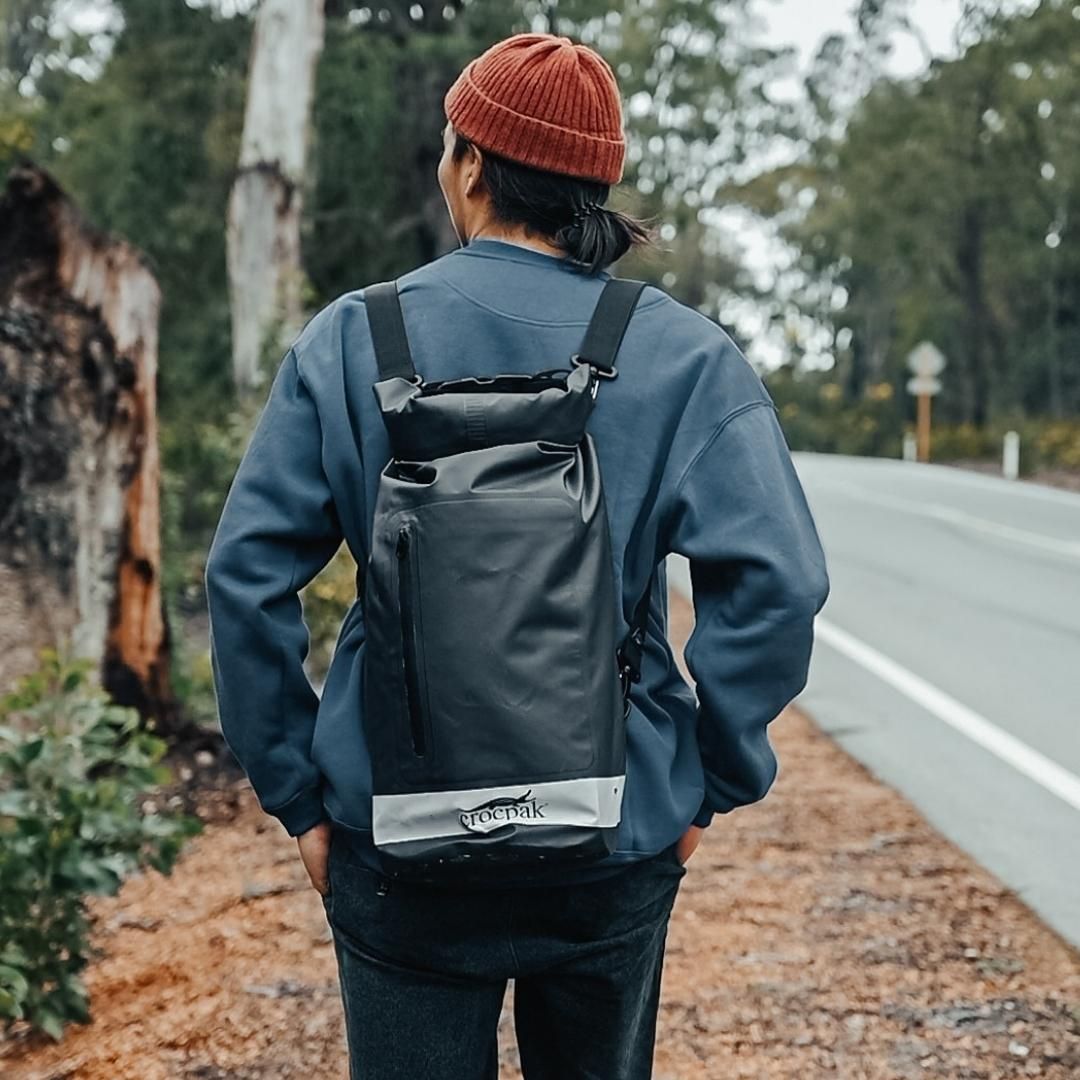Bushfires are a part of Australian life and have been for millions of years. They’re an important part of the ecology, triggering natural processes that encourage germination and regrowth, eliminate insects, and create habitats for animals. But lately, bushfires have become more frequent and intense and are tipping the scales towards large-scale habitat destruction and widespread loss of animal life.
The most noteworthy are the bushfires of 2019-2020, also known as Black Summer, which was marked by record-breaking temperatures and drought. Over 26 million acres were burned and billions of animals were killed. While the loss of all life was a tragedy, more so was the loss of iconic animals like kangaroos, koalas, cockatoos, honeyeaters and wallabies.
A silver lining
In 2020, the Australian government earmarked more than $200 million for wildlife and habitat recovery efforts. It’s working with zoos, conservation groups, indigenous organizations, local communities and universities for on-ground recovery activities.
While the road to recovery will be long, there’s good news. According to the Department of Agriculture, Water and Environment’s quarterly summaries of February and May 2021:
-
The Kangaroo Island Western Whipbird, which lost about half its population during Black Summer, seems to be slowly on the mend. Birdlife Australia and National Parks and Wildlife Service South Australia are using call-playback and cameras to understand the species’ recovery. So far, dozens of Whipbirds have been seen and heard.
-
The critically endangered Regent Honeyeater saw its habitat affected by the fires and competitor species like the Noisy Miner invading the unburnt lands. Conservation organizations have undertaken measures to control the population of the invaders in about 1800 hectares of land. The result? Sightings of the Regent Honeyeater and healthy chicks.
-
Researchers from the University of NSW found 512 target skinks while conducting 444 surveys in 162 sites across south-eastern Australia, suggesting that the lizards may have some resilience to fires.
-
On Kangaroo Island, researchers uncovered two large KI endemic katydids, giving hope of the survival of the species and other invertebrates on the island.
- Thanks to conservation efforts, the endangered Manning River Helmeted Turtle, which suffered habitat loss during Black Summer, is witnessing habitat restoration, stock fencing and other works to encourage population growth.

Want to help?
Every little bit helps and if you want to get involved in restoring Australia’s biodiversity, your purchase of a Crocpak will see One Tree Planted plant a tree. We’ve partnered with the non-profit organization whose mission is global reforestation.
One Tree Planted has planted trees in five of Australia’s states and territories and across New Zealand. Its projects are restoring forests following the destruction of the Black Summer bushfires; rejuvenating critical habitat for wildlife like koalas and cockatoos; and safeguarding community watersheds through restoration of indigenous tree species.
The projects work with local landowners and environmental organizations to improve the health of Australian forest and bush lands. As well as recovering fire-damaged lands, your support for reforestation in Australia will help restore habitats for native species that depend on these environments, such as koalas, echidnas, sugar gliders and other wildlife found nowhere else in the world.










1 comment
Leave a comment
This site is protected by hCaptcha and the hCaptcha Privacy Policy and Terms of Service apply.